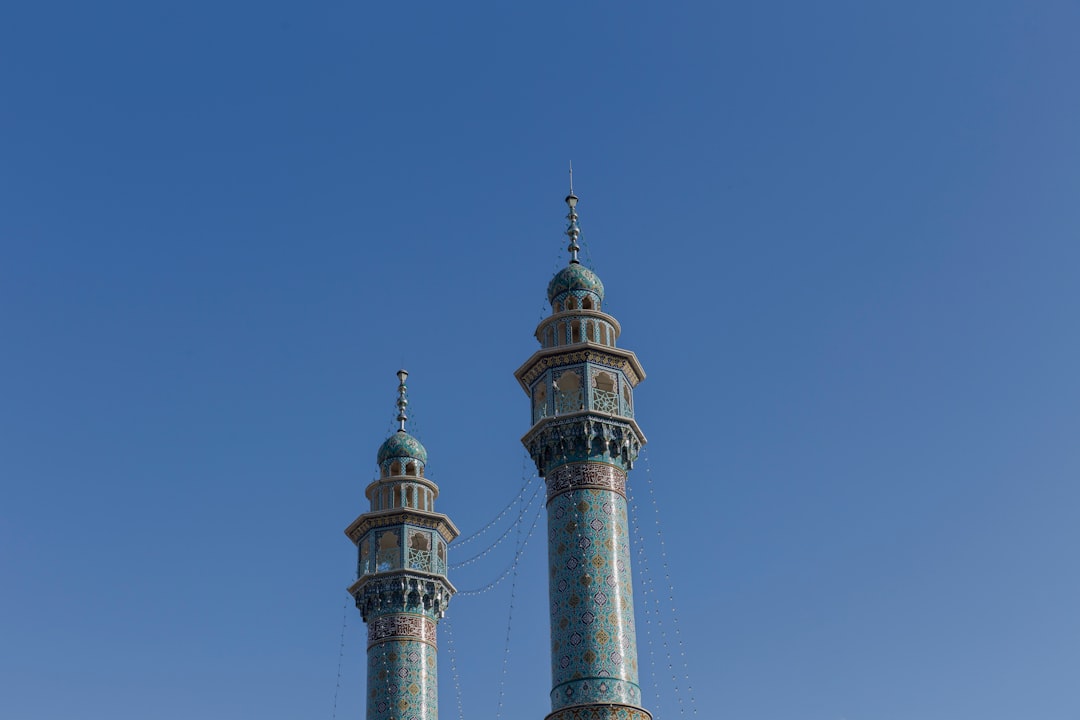Between Minarets and Belfries: Faith, Power, and Accountability in Modern Syria
1. Syria: A Crossroads of Civilizations
Long before modern borders were drawn, the land now called Syria was an essential junction for trade, scholarship, and faith.
- Damascus and Aleppo both claim to be among the world’s oldest continuously inhabited cities.
- Aramaic, a language Syrians still speak in a few remote villages, was once the lingua franca of the Near East.
- The country’s terrain ranges from Mediterranean coastline to desert steppe, shaping a mosaic of cultures that includes Arabs, Kurds, Armenians, Turkmen, Circassians, and more.
2. The Office of the Syrian Presidency
When people hear “the president of Syria,” they often think only of recent headlines, yet the institution itself is a complex product of:
- French-mandate-era constitutional experiments in the 1920s and 1930s.
- Post-colonial coups that culminated in the 1970 Corrective Movement, installing an executive branch with broad emergency powers.
- An omnipresent intelligence apparatus—mukhabarat—whose roots stretch back to Ottoman policing networks and Cold-War politics.
These layers illustrate why executive promises—whether about reform or retribution—carry exceptional weight in the Syrian public imagination.
3. Churches in a Predominantly Muslim Nation
Roughly 90 % of Syrians identify as Muslim, yet the country is home to one of the Middle East’s most diverse Christian landscapes:
- Greek Orthodox, Syriac Orthodox, Melkite Greek Catholic, Armenian Apostolic, and Maronite communities trace their heritage to the first centuries of Christianity.
- The Monastery of Saint Moses the Abyssinian (Deir Mar Musa) promotes interfaith dialogue; its frescoes blend Byzantine iconography with local desert hues.
- The Church of Saint Simeon Stylites, built in the 5th century around a column where the ascetic monk dwelt, is often cited as the world’s oldest surviving Byzantine church complex.
Attacks on such sites reverberate far beyond their walls—they threaten tangible history and the fragile pluralism woven through Syrian society.
4. Justice in Conflict Zones: More Than Courtrooms
When a leader declares that wrongdoers “will face justice,” what does that look like in practice?
- Domestic Courts: In theory, Syrian penal codes have provisions for hate crimes and destruction of heritage; enforcement is another matter.
- International Mechanisms: With Syria not party to the Rome Statute, the International Criminal Court lacks direct jurisdiction—yet universal-jurisdiction trials have begun in European states using forensic evidence smuggled out by activists.
- Digital Accountability: NGOs like Mnemonic aggregate cellphone videos, satellite imagery, and social-media posts, then use machine learning to authenticate visual evidence for future prosecutions.
Surprising fact: The average time from crime documentation to a universal-jurisdiction conviction now stands at roughly eight years—down from over fifteen a decade ago—thanks to advances in open-source investigation.
5. Houses of Worship as Cultural Time Capsules
Why are assaults on churches (or mosques, synagogues, and temples) treated as especially heinous?
- Historic Architecture: Thick basalt blocks, Crusader-era fortifications, and Ottoman-baroque bell towers store architectural DNA not found in secular buildings.
- Collective Memory: Ritual spaces encode oral histories, hymns, and local craftsmanship—destroy one and you erase more than stones.
- Symbolic Gravity: Attacking the sacred often signals an intent to tear at the social fabric itself, making these crimes bellwethers of broader human-rights abuses.
6. Broader Currents: Heritage Under Fire
Syria is hardly alone in facing assaults on spiritual landmarks. From West Africa’s Timbuktu manuscripts to Europe’s medieval synagogues, cultural heritage is increasingly leveraged as a pawn in modern conflict.
Global responses include:
- The 1954 Hague Convention’s “Blue Shield” emblem to mark protected sites.
- Crowdsourced 3-D scanning (e.g., Project Mosul) so monuments can be digitally restored even if destroyed.
- Adaptive reuse—turning damaged sites into hybrid cultural centers to keep them alive in collective consciousness.
7. Public Perceptions and Misconceptions
Outside observers often view Syria solely through a lens of war and sectarianism, overlooking:
- Its long track record of intra-faith coexistence; Damascus’s Old City contains a mosque, church, and synagogue within a ten-minute walk.
- The fact that many Syrians—regardless of creed—revere sites like the Umayyad Mosque and the Chapel of Saint Ananias as shared national heritage.
- Grass-roots initiatives, such as community-led mosaics in Homs, proving that art and architecture remain unifying forces even amid displacement.
8. Looking Ahead: Can Accountability Safeguard Culture?
Linking justice to the protection of sacred spaces offers a dual promise: redress for victims and preservation of humanity’s collective story. Whether pursued in Syrian courtrooms or foreign tribunals, successful prosecutions could:
- Deter future cultural crimes by raising the cost of iconoclasm.
- Encourage investment in heritage restoration as part of post-conflict recovery.
- Reinforce the principle that cultural identity is not collateral—it is central to societal resilience.
This article was inspired by the headline: 'Syria president vows those involved in church attack will face justice'.

Comments
No comments yet. Be the first to comment!